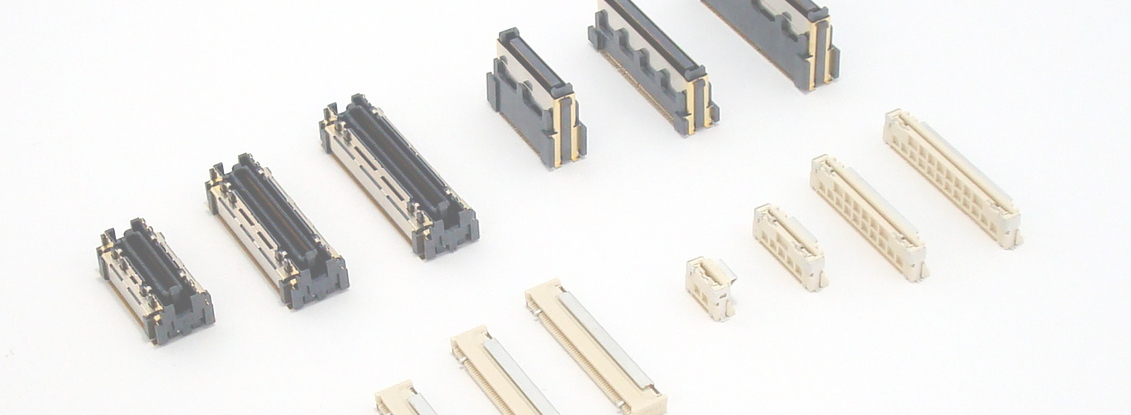

基板対基板コネクタの接続形態とフローティング機能btob connector
- Top
- Technical Info
- What is a connector
- Board to Board Connectors connection form and Floating structure
What is a Board to Board Connectors?
As its name suggests, it is a connector that connects boards to boards. It is also called Board to Board Connector, board-to-board connector, etc. It started with a pin (called a pin header) that stands on the board and a socket into which it is inserted. Since then, Board to Board Connectors of various shapes have appeared in response to various applications and size requirements. Compared to cases where connections are made via wires or FPC / FFC, the connections are neat and compact.

Connection form
When Mating connectors, in principle there are male and female = plug and Socket, and depending on the mounting and Mating on the board, there is a straight type (hereinafter referred to as ST type) and a right angle type (hereinafter referred to as RA type) ) exists. Board to Board Connectors have three types of connections depending on the combination of these.
Stacking connection ST type + ST type
Boards can be connected in parallel by using ST type for both Socket.
If one of the boards becomes a child board, it is called a mezzanine connection, etc., as if it were a two-story structure. Connectors for Stacking connection are therefore also called mezzanine connectors.
Adjust Mating Height by selecting the height of each plug and Socket. This is the most popular type of connection, and the type with the most variations for our company.
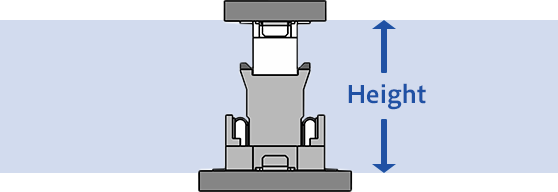
Right angle connection ST type + RA type
Boards can be connected vertically by using RA type for either plug or Socket.
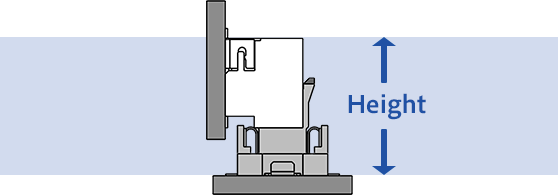
Horizontal connection RA type + RA type
Boards can be connected horizontally by using RA type for both plugs and Socket.

Click here to check the product lineup of IRISO products for each connection type.
Floating structure
Board to Board Connectors differ greatly from connections via wires or FPCs in that the positional relationship is fixed. This is often an advantage when assembling the final device, but it can cause problems in certain situations.
For example, if multiple connectors are used to connect between boards, or if there is an effect due to the position between boards that is forced when assembling to the housing, assembly may become difficult depending on the precision of mounting, and mounting may not be possible even after assembly. There is a problem that stress remains in the part (soldered part) etc. Ultimately, there is a risk that the function cannot be guaranteed, such as cracks in the soldered part due to creep stress.

In order to avoid these problems, a function called "Floating structure" is created by providing a spring, so to speak, with "play". This function absorbs the misalignment between the boards and relieves the stress on the connection part with the board. At the same time, by providing a taper called a guide to the connector housing, it is possible to greatly improve the ease of assembly. We take pride in having the largest variety of Floating Connector in the industry.

On the other hand, the problem with Floating Connector is their sense of size. The highlight of the technology is how to give as large a Floating structure as possible in a small space, but fixed/rigid connectors without Floating structure can be smaller, and they are advantageous in terms of cost and simple structure. I have. The best choice is to use them according to the customer's application and usage environment.
For example, when using two Board to Board Connectors, one of the options can be left fixed and the other Floating structure. If you consult with our sales representative or contact us via the web, we will make a proposal that best suits your needs.
Evolutionary system of Floating Connector Vibration resistance solution Z-Move structure
Z-Move structure is our proprietary technology that takes Floating Connector technology one step further, and is characterized by Floating structure in the Mating direction. Assuming that the conventional two-dimensional Floating structure parallel to the board is the X-axis/Y-axis, this three-dimensional Floating structure is named Z-Move structure because the Mating direction is the Z-axis.
As I explained earlier, the proposition of Floating structure was "absorption of deviation". On the other hand, there is an effective Mating length in the Mating direction, and by making this length longer, it is possible to absorb misalignment even without Floating structure. In other words, the problem that Z-Move structure is trying to solve is not "fixed deviation".
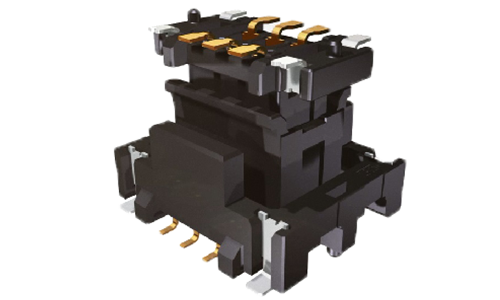
Consider what happens to two boards connected by a connector when the device is under vibration. In particular, if a resonance phenomenon occurs in one of the boards, the influence on the vibration of each board will not necessarily match. Therefore, the mutual positional relationship of the boards, that is, the positional relationship of the male and female connectors mounted on each board, changes at a certain frequency, albeit minutely. At that time, the contacts of the connector terminals will behave as if they rub against each other. The problem at this time is the corrosion of the contact due to micro-sliding wear, a phenomenon known as microfretting corrosion. This creates the risk of not being able to maintain a healthy electrical connection.
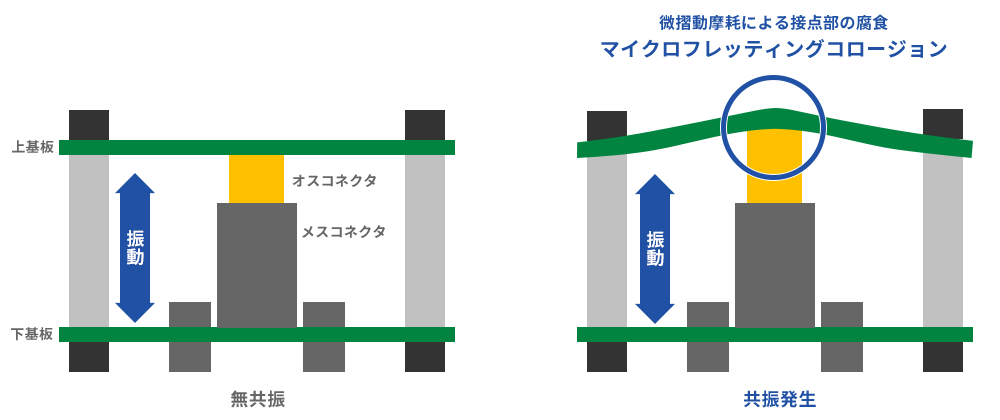
On the other hand, in connectors with Z-Move structure technology, the contact part of the terminal absorbs the difference in the vibration of each board due to the Floating structure in the Mating direction, and even if the distance between the boards changes, fine sliding wear occurs. I don't. Z-Move structure is a solution with excellent anti-vibration properties.
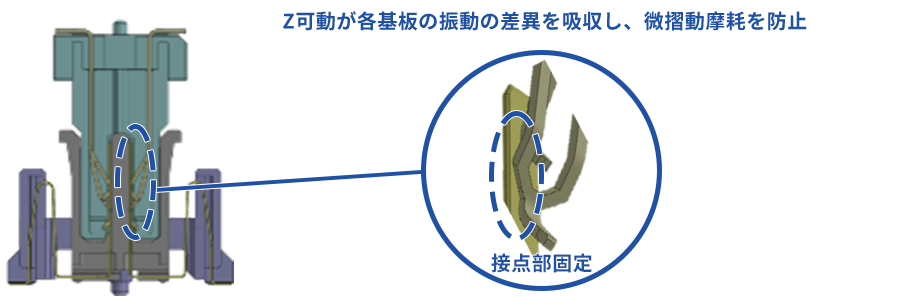
Again, in order to absorb the discrepancy in Mating Height in devices that are not subject to vibrations, it is sufficient to select a normal Floating Connector with an appropriate effective Mating. . Of course, Z-Move structure is also acceptable, but since the terminal structure is complicated to achieve Floating structure in Mating direction, there may be disadvantages in terms of cost and size. If you consult with our sales representative or contact us via the web, we will make a proposal that best suits your needs.
Be sure to check out the Z-Move structure feature page as well.
Regarding selection of Board to Board Connectors
We offer a wide variety of Board to Board Connectors to meet the various needs of our customers. On our website, we have prepared several search methods for different purposes, so please make use of them.
Search by connection type, Mating Height, etc.
Search from various ratings, etc.
List of high-speed transmission compatible products and compatible data rate standards

